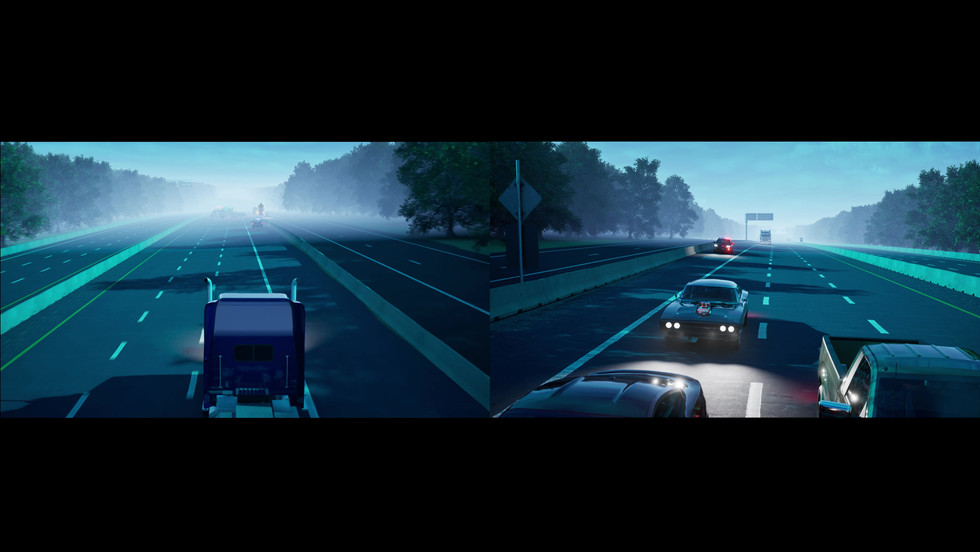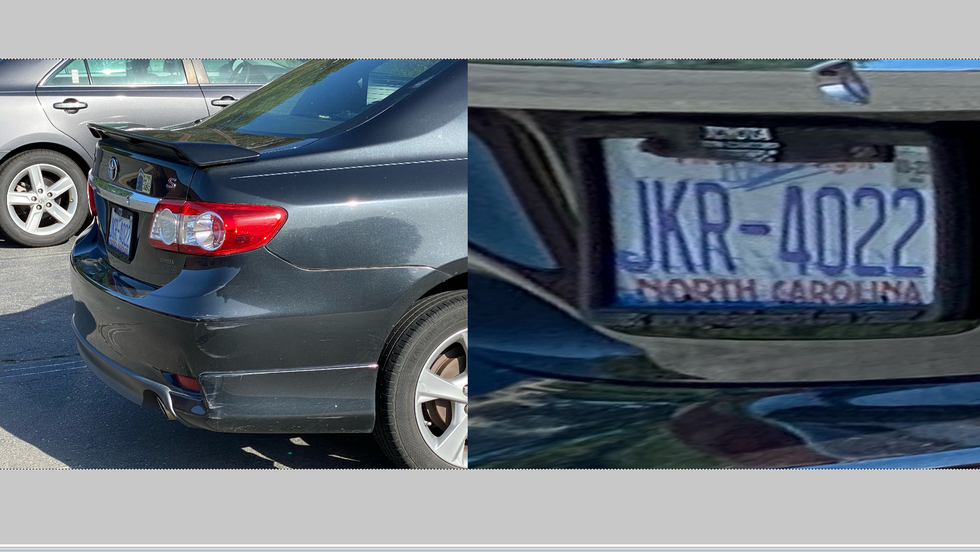
Animation & Visualization
Dive into a world where three-dimensional models brim with rich detail and perspective. We take real-world data—think point clouds, drone captures, and scans—and mold them into narratives that captivate. Whether it's crafting motion 2D and 3D infographics, freezing moments in static renders, or creating architectural visualizations, we've got you covered.
Animation
Capture the rich detail and perspective
Animation refers to the technique of creating the illusion of motion and change through the rapid display of a sequence of static images or frames. These frames, when played in succession, give the impression of movement, bringing characters, objects, and scenes to life.
Visualization involves the creation of visual representations or depictions of data, concepts, or abstract ideas to aid understanding, analysis, and communication. It encompasses a range of techniques and tools, including charts, graphs, diagrams, maps, and interactive visualizations. Visualization helps to simplify complex information, identify patterns and trends, and facilitate decision-making.
Though not limited to just this audience, many of our litigation clients rely on animation and visualization for visual storytelling in defense and plaintiff cases, and pre-litigation activities.
Infographics & Static Renders
Engage viewers with clear and quick communication
Infographics are visual representations of information, data, or knowledge designed to present complex concepts in a clear and concise manner. They combine elements such as text, icons, illustrations, charts, and graphs to convey information effectively and engage viewers. Infographics help to simplify complex ideas, highlight important points, and enhance audience comprehension.
Static renders are still images or illustrations created using computer-generated imagery (CGI) or other digital rendering techniques. Unlike animations, which involve sequences of frames to depict motion, static renders are single-frame representations that capture a specific moment or scene. Static renders can be highly detailed and realistic, showcasing architectural designs, product prototypes, character concepts, and more.
Video Cleanup & Enhancement
Unveil the facts to tell the full story.
Video cleanup and enhancement refer to the process of improving the quality, appearance, and overall visual appeal of a video recording. This involves various techniques and tools aimed at correcting imperfections, enhancing visual elements, and optimizing the overall viewing experience.
Cleanup typically involves removing unwanted elements from the video, such as dust, scratches, noise, or other artifacts that may detract from the viewing quality. This can be achieved through manual editing or the use of software tools designed for video restoration. Enhancement, on the other hand, focuses on improving aspects of the video to make it more visually appealing, such as color balance, contracts, brightness or saturation.













